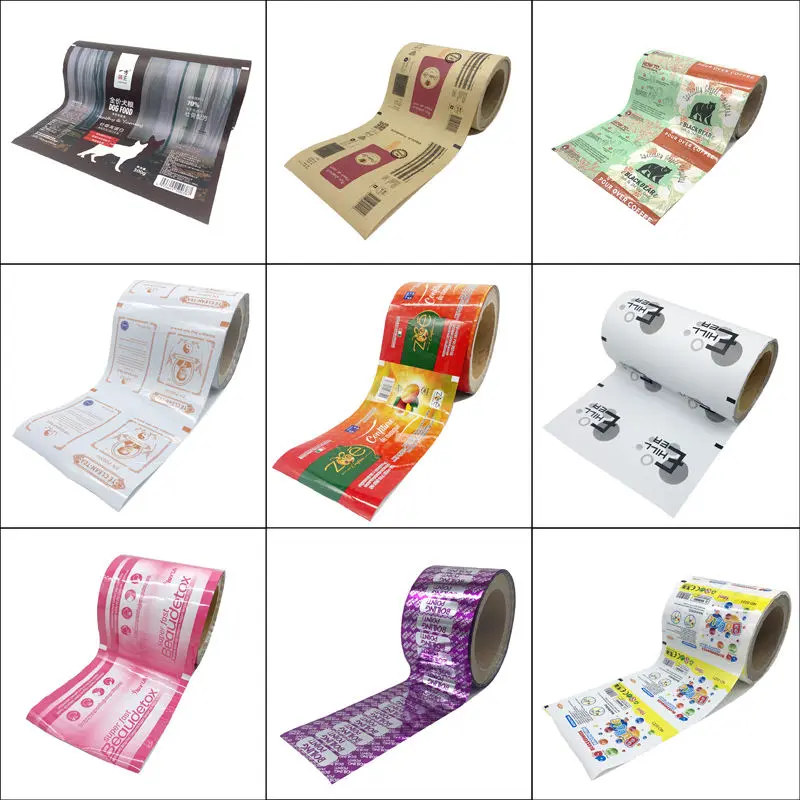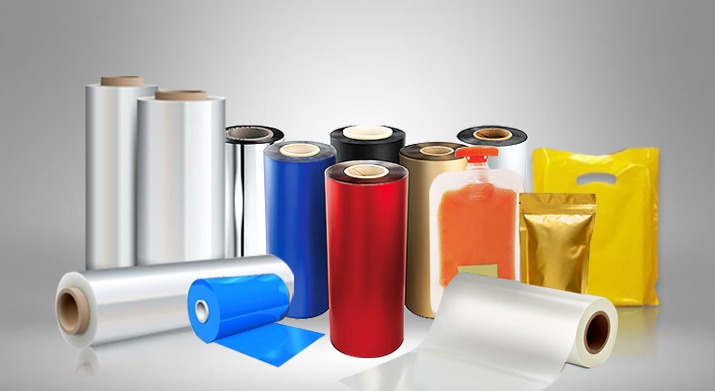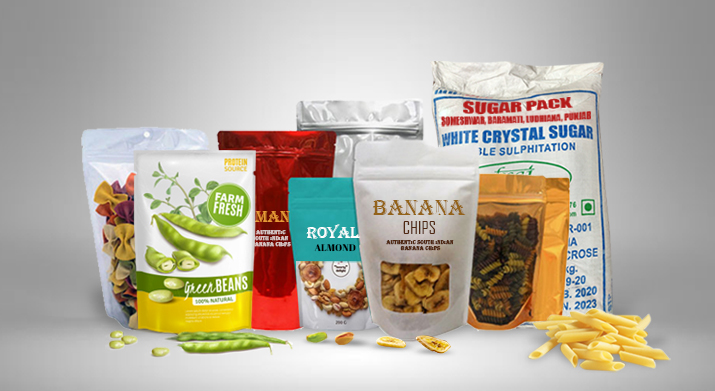In today’s fast-paced world, where convenience, quality, and shelf life are essential factors in food packaging, film packaging has emerged as a powerful solution. With its versatility, durability, and effectiveness in preserving food quality, film packaging has become indispensable for many businesses in the food industry.
What is Film Packaging?
Film packaging refers to a flexible, protective covering made from various types of polymer materials, such as polyethylene (PE), polypropylene (PP), and polyester (PET). These materials are designed to create a barrier that protects the food product from external factors like moisture, oxygen, and light, which can affect food quality and longevity. Film packaging comes in various forms, including vacuum-sealed bags, shrink wrap, and multilayer films, each providing unique advantages for different types of food items.

Advantages of Film Packaging in the Food Industry
The rise of film packaging in the food industry can be attributed to its numerous advantages over traditional packaging methods. Here are some key benefits:
1. Extended Shelf Life
One of the primary reasons the food industry prefers film packaging is its ability to extend the shelf life of perishable products. Oxygen and moisture are two of the most significant factors that contribute to food spoilage. Certain types of film packaging, like vacuum-sealed or modified atmosphere packaging (MAP), effectively reduce oxygen exposure. MAP involves filling the package with an inert gas like nitrogen to slow down spoilage processes, making it ideal for meat, cheese, and fresh produce.
2. Enhanced Product Protection
The food industry relies on film packaging for its excellent protective qualities. Film packaging creates a strong barrier against contaminants, helping keep food safe from exposure to dust, bacteria, and chemicals. For products that are susceptible to damage, such as snacks, chips, or baked goods, multilayer films can offer structural support to prevent breakage while providing sufficient cushioning during transport.
3. Cost Efficiency
Compared to rigid packaging materials like glass and metal, film packaging is generally more cost-effective. It requires fewer resources to produce, is lighter to transport, and occupies less space on shelves and in storage, ultimately saving costs for both manufacturers and retailers. This affordability enables businesses to invest in high-quality packaging without inflating production costs, making it accessible for small businesses and startups in the food industry.
4. Customization and Branding Opportunities
In a competitive market, visual appeal and brand recognition are vital. Film packaging offers a canvas for creative branding through advanced printing techniques. With high-resolution graphics, companies can print logos, nutritional information, usage instructions, and promotional messages directly onto the film. Customized film packaging allows brands to attract customers’ attention on store shelves and communicate their unique identity.
5. Eco-Friendly Options
While traditional plastic packaging has a significant environmental impact, sustainable film packaging options are now available. Biodegradable and recyclable films have become popular choices for companies focused on reducing their carbon footprint. Innovations in bioplastics allow for film packaging that decomposes naturally, making it a better choice for environmentally conscious brands and consumers. Moreover, lightweight film packaging reduces the overall transportation carbon emissions, aligning with the growing demand for sustainable practices.

Applications of Film Packaging in the Food Industry
The adaptability of film packaging has led to its widespread use across various food sectors. Here are some common applications:
1. Fresh Produce
Fresh fruits and vegetables are highly perishable and sensitive to moisture, light, and oxygen. Film packaging, particularly those with micro-perforations, allows for controlled airflow, which extends freshness while reducing spoilage. This method helps retailers and consumers reduce waste and maintain product quality.
2. Meat and Seafood
Vacuum-sealed film packaging is particularly beneficial for meats and seafood, as it removes air from the packaging, preventing bacterial growth and oxidation that can cause spoilage and off-flavors. Vacuum packaging also minimizes freezer burn for frozen products, maintaining freshness and taste.
3. Snacks and Baked Goods
For snacks and baked goods, maintaining texture is crucial. Film packaging, especially those with resealable zippers, keeps items like chips and cookies crispy by sealing out moisture. Additionally, it allows consumers to store partially used portions while maintaining product integrity.
4. Dairy Products
Film packaging, particularly in the form of pouches and wraps, is ideal for dairy products like cheese, yogurt, and cream. The ability to seal the package tightly helps retain moisture and prevent exposure to air, preserving flavor and quality.
5. Frozen Foods
Frozen foods, including vegetables, fruits, and ready-to-eat meals, benefit from film packaging as it protects against freezer burn and minimizes water vapor loss. This ensures that frozen products retain their texture, flavor, and nutritional value, even after extended storage.

Film Packaging and Consumer Convenience
One of the primary factors driving the popularity of film packaging is its convenience for consumers. From easy-to-open tear notches to resealable zippers, film packaging offers multiple features that enhance the consumer experience. Convenience-focused features also play a significant role in boosting customer satisfaction, which can translate into brand loyalty. The lightweight and flexible nature of film packaging allows consumers to easily carry and store products, especially with bulk food items or single-serve packages.
Sustainability Trends in Film Packaging
The food industry’s demand for eco-friendly options has propelled advancements in sustainable film packaging materials. Options like compostable films made from plant-based materials or recycled content are in high demand. Additionally, companies are moving toward mono-material films, which can be more easily recycled. This shift aligns with global sustainability goals and meets consumer demand for responsible packaging choices, allowing companies to reduce their environmental footprint.
Conclusion: The Future of Film Packaging in the Food Industry
With its unmatched versatility, protection, and adaptability, film packaging has secured its place as a key component in the food industry. As sustainability becomes increasingly prioritized, innovations in eco-friendly film packaging will continue to shape the future. Brands that embrace film packaging can deliver high-quality, convenient products that meet consumers’ expectations while also contributing to a more sustainable planet.
The demand for film packaging solutions is only set to grow, as consumers and businesses alike seek efficient, eco-conscious, and innovative packaging solutions. For food industry professionals looking to stay competitive, adopting the latest advancements in film packaging can enhance product quality, boost brand appeal, and strengthen their commitment to sustainability.
